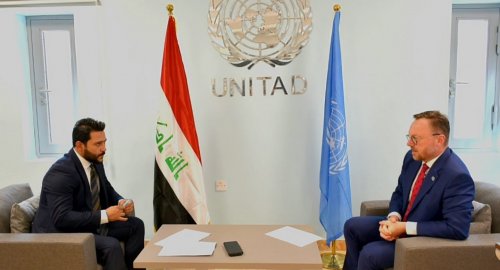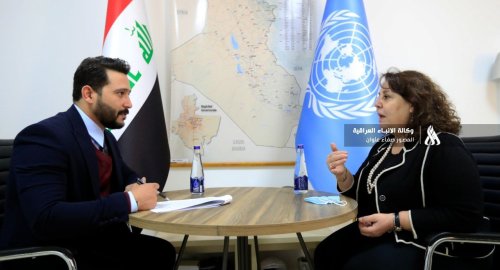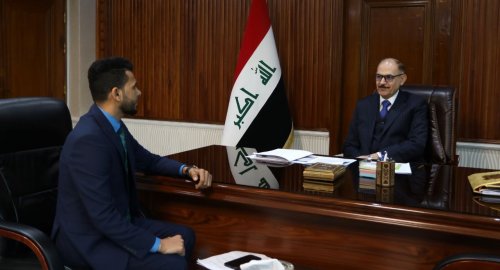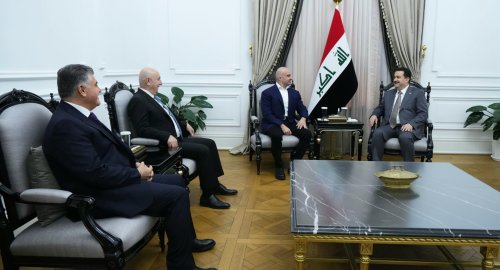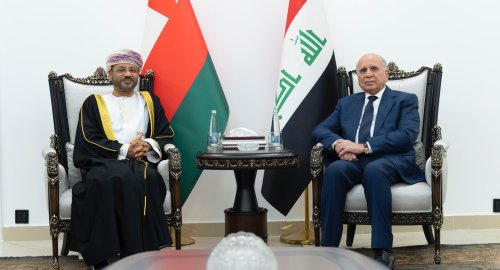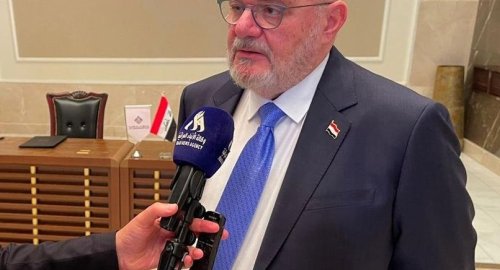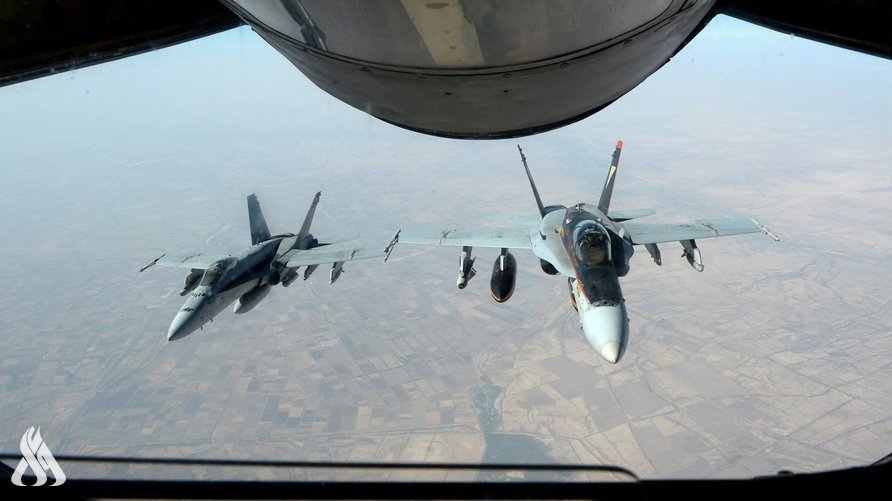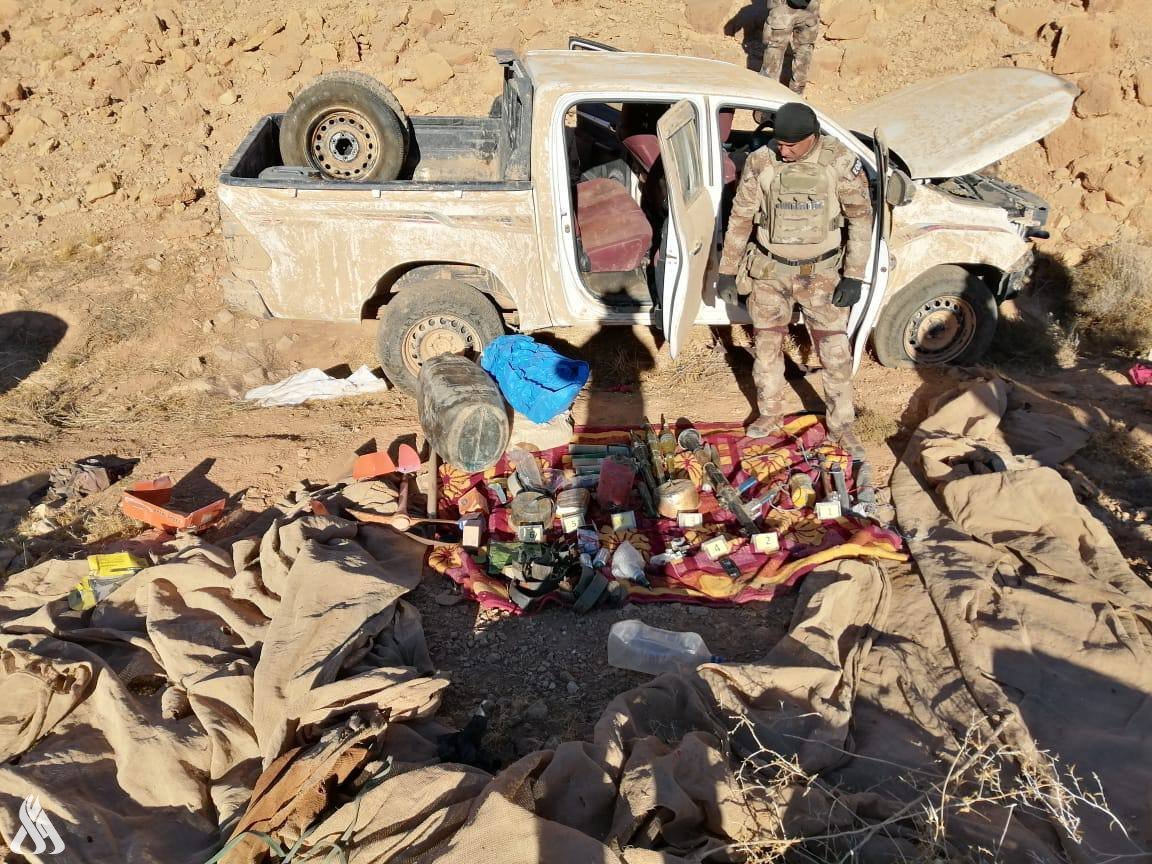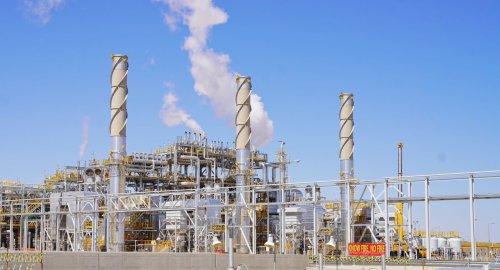
Iraq Progresses on Fossil Fuel Methane Regulation

- 31-08-2024, 13:49
Baghdad-INA
Iraq is among the world's top oil producers, with an accordingly large profile of methane emissions from the sector. Oil revenues accounted for more than 85% of the government's budget, and 42% of GDP in the last decade.
As a signatory to the Global Methane Pledge, Iraq is committed to the goal of collectively reducing methane emissions 30% by 2030 in comparison to 2020 levels.
Iraqi law already includes broad provisions supporting methane emissions mitigation. These include the stipulation that petroleum and natural gas producers take all necessary precautions and procedures to prevent land, air and water pollution.
Further, Iraq’s Nationally Determined Contributions to the Paris Agreement identify several mitigation measures for the energy sector, including the reduction of flaring at oil and gas facilities, the improvement of monitoring to reduce methane venting, and the implementation of leak detection and repair operations.
To comprehensively achieve the GMP goals however, all signatories require strong emissions inventories, mitigation assessments, monitoring, reporting and verification tools, and legislative frameworks to achieve the ambitions of their goals. In cooperation with Clean Air Task Force (CATF), the CCAC is supporting Iraq to develop its national methane emission inventory and mitigation assessment for the oil and gas sector.
Beginning in late 2023, CATF began working with technical and policy experts in the Iraqi government to develop Iraq’s oil and gas methane emission's inventory and the workshop to present the findings of the inventory and to train officials on how to use the CATF’s Country Methane Abatement Tool (CoMAT).
Using publicly available data, CoMAT is set up with estimates of a country’s oil and gas sector emissions and access to a newly digitized library of leading methane policy and proven best practices. CoMAT allows government regulators to continually refine their emissions inventories and explore variables and specific policy and regulatory options that can drive pollution reduction.
To develop the inventory and its estimate of emissions, the technical team gathered information from the government of Iraq, from the Ministry of Oil and the Ministry of Environment. The inventory helps policy makers identify where most of the emissions are coming from. Iraqi government officials have been given access to this tool and have been involved in the process of reviewing the inventory.
These initial actions have now set the stage for subsequently developing the methane mitigation assessment – a more comprehensive document which tells policy makers where the sources of emissions are, how large they are, and the potential costs of mitigation among other additional information.
Iraq’s long history of oil production and cooperation with international agencies working in the industry meant that this project has benefitted from well-established data and accumulated institutional knowledge.
“Iraq also has very clear intragovernmental coordination mechanisms. This is not always there in other countries, but makes the process of establishing methane inventories and mitigations assessments as lot more smoothly”, said Alfredo Miranda, Deputy Director of International Methane at the Clean Air Task Force in a statement, followed by The Iraqi News Agency –INA.
“We have been working with government officials with 10-20 years' experience, who are very knowledgeable about what is happening, and Iraq has a Methane Task Force established to coordinate working with the private sector, including national oil national companies,” said Miranda.
Fossil fuel methane is easier to estimate than methane from other sectors given the high level of technical data about the sources of emissions across infrastructure and equipment. With the data provided by the Government of Iraq on specific company infrastructure, the CoMAT tool is able to identify emissions factors for each piece of equipment and other proxies, which provide an overall annual emissions profile. The tool also allows planners to know potential emissions abatement rates based on data gathered from policies implemented in other jurisdictions.
“One of the most positive aspects of this project has been seeing how well the Government of Iraq already understands the amount of methane being released from oil and gas infrastructure. The estimates they had previously are close to what the CoMAT is discovering. This means that they now with this work, they have the data and policy basis to justify the necessary mitigation measures,” said Miranda.
The methane mitigation assessment which will be developed in the final stages of this project will be critical to understanding which mitigation measures can be implemented with no cost, which may generate a profit, and which may require funding. The IEA has assessed that over 70% of fossil fuel methane mitigation measures can be implemented with no net cost.
This project will also contribute to key IEA recommendations for Iraq to further develop its measurement, monitoring and reporting and verification (MMRV) framework, and incorporate the measures identified in the NDC into guidelines, policies and regulations. The project is expected to finish in early 2025.
Weekly decline in the Gold prices
- Economy
- 06:32
US Central Command: We killed ISIS terrorist leader Abu Yusuf in Syria
- International
- 24/12/20
Liverpool compete with Real Madrid to sign Olympique Lyonnais star
- Security
- 24/12/19
ISC, ADX discuss Strengthening Economic Ties
- Economy
- 24/12/16
Iraq assumes presidency of Arab Investment Company’s Executive Board
- Economy
- 24/12/17
